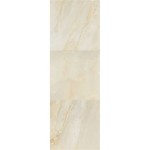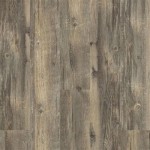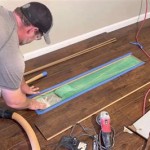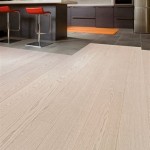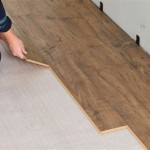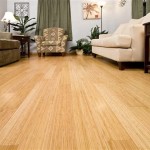Measuring Square Feet for Flooring: A Comprehensive Guide to Precision
Accurate flooring measurements are crucial for planning, budgeting, and avoiding costly mistakes when installing new flooring. Measuring square footage involves calculating the surface area of the space that will be covered by the flooring material. By following the steps outlined in this comprehensive guide, you can ensure precise measurements for a seamless flooring installation.
Step 1: Determine the Room's Shape
Identify the shape of the room to determine the most suitable measurement technique. Common room shapes include rectangles, squares, L-shapes, and irregular shapes.
Step 2: Measure the Length and Width
Using a measuring tape, carefully measure the length and width of the room in feet. Record these measurements accurately, ensuring that the tape is taut and held parallel to the walls.
Step 3: Calculate the Area of Rectangles and Squares
For rectangular or square rooms, simply multiply the length by the width to obtain the square footage. For example, a room measuring 10 feet in length and 8 feet in width would have a square footage of 80 (10 x 8 = 80).
Step 4: Break Down L-Shaped Rooms
Divide L-shaped rooms into two separate rectangular sections. Measure and calculate the area of each section individually, then add the two areas together for the total square footage.
Step 5: Measure Irregular Shapes
For irregular-shaped rooms, divide the space into smaller, more manageable sections. Measure and calculate the area of each section individually, then sum the areas of all sections to determine the total square footage.
Step 6: Add Additional Flooring for Cuts and Waste
Typically, 5-10% additional flooring should be added to the total square footage to account for cuts, waste, and possible mistakes during installation. This buffer ensures sufficient material is available for a successful project.
Step 7: Verify Measurements and Round Up
Double-check your measurements to ensure accuracy. Round up the final square footage to the nearest whole number. This ensures you purchase enough flooring to cover the entire space without running short.
Additional Tips for Accurate Measurements
• Use a high-quality measuring tape for precise readings. • Hold the tape measure perpendicular to the walls for correct measurements. • Measure the room in multiple places to confirm consistency. • Consider using a laser measuring tool for faster and more accurate measurements.
By meticulously following these steps, you can effectively measure square footage for flooring, ensuring an accurate and successful installation process. Proper measurements will provide a solid foundation for planning, budgeting, and achieving a beautiful and functional flooring solution for your space.
How To Determine Square Footage For Flooring Vermont Hardwoods

How Many Square Feet Is My House To Calculate Of A

How To Calculate Square Footage The Home Depot

3 Measuring Tips For Calculating Square Footage Flooring

How To Measure Calculate Square Footage Roomsketcher

How To Measure Floor For Laminate 9 Steps With S

How To Calculate Square Footage Of A Room Easily Improovy

How Do You Measure A Room Flooring Advice Supplies

How To Measure Floor For Laminate 9 Steps With S

Square Footage Calculator Carpet One Floor Home

